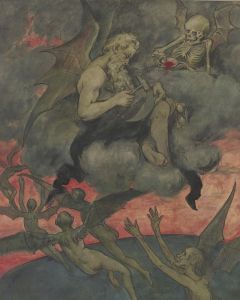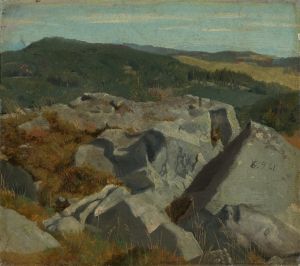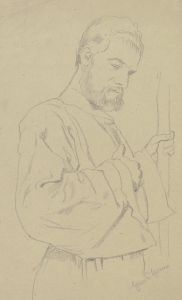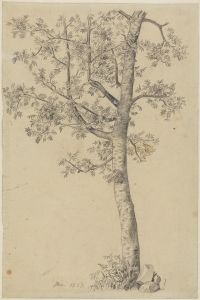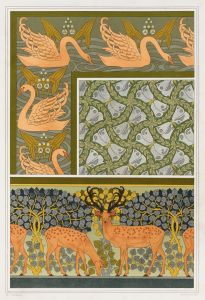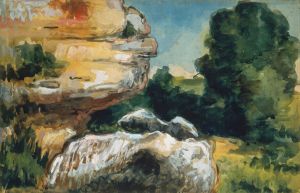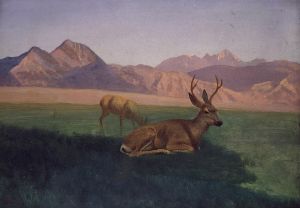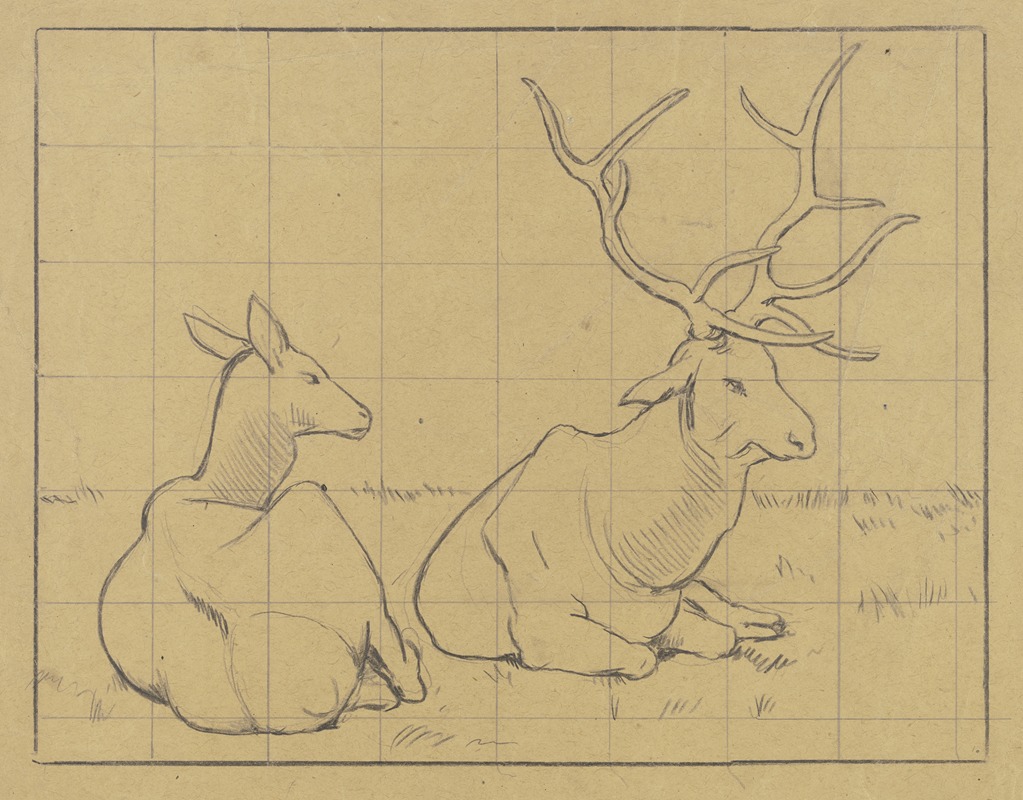
Lying stags
A hand-painted replica of Hans Thoma’s masterpiece Lying stags, meticulously crafted by professional artists to capture the true essence of the original. Each piece is created with museum-quality canvas and rare mineral pigments, carefully painted by experienced artists with delicate brushstrokes and rich, layered colors to perfectly recreate the texture of the original artwork. Unlike machine-printed reproductions, this hand-painted version brings the painting to life, infused with the artist’s emotions and skill in every stroke. Whether for personal collection or home decoration, it instantly elevates the artistic atmosphere of any space.
Hans Thoma was a German painter known for his landscapes and portraits, often infused with a sense of realism and attention to detail. One of his notable works is "Lying Stags," which exemplifies his skill in capturing the serene beauty of nature and wildlife.
"Lying Stags" is a painting that reflects Thoma's deep appreciation for the natural world, a theme that recurs throughout his body of work. The painting depicts a tranquil scene of stags resting in a forested landscape. Thoma's use of color and light in this piece is particularly noteworthy, as it brings out the rich textures of the stags' fur and the lush greenery surrounding them. The composition is balanced and harmonious, drawing the viewer's eye across the canvas and inviting them to linger on the details.
Hans Thoma was born on October 2, 1839, in Bernau in the Black Forest region of Germany. His upbringing in this picturesque area had a profound influence on his artistic vision, as seen in the natural themes that dominate his work. Thoma studied at the Karlsruhe Academy of Fine Arts and later moved to Munich, where he was exposed to various artistic movements and styles. Despite these influences, Thoma developed a distinctive style that combined elements of realism with a romanticized view of nature.
Throughout his career, Thoma was associated with the Düsseldorf school of painting, which emphasized detailed and realistic portrayals of landscapes and figures. However, he also drew inspiration from the works of earlier German masters, such as Albrecht Dürer and Lucas Cranach the Elder, whose attention to detail and composition can be seen in Thoma's paintings.
"Lying Stags" is a testament to Thoma's ability to capture the quiet majesty of wildlife. The stags in the painting are depicted with a sense of calm and dignity, their forms rendered with meticulous attention to anatomical accuracy. The surrounding landscape, with its soft, dappled light and verdant foliage, enhances the peaceful atmosphere of the scene.
Thoma's work, including "Lying Stags," gained recognition during his lifetime, and he became a respected figure in the German art world. In 1899, he was appointed director of the Karlsruhe Academy, where he influenced a new generation of artists. His paintings are held in high regard for their technical skill and the way they convey a deep connection to the natural world.
"Lying Stags" remains an enduring example of Hans Thoma's artistic legacy, showcasing his ability to blend realism with an evocative portrayal of nature. The painting continues to be appreciated by art enthusiasts for its beauty and the serene, contemplative mood it evokes.






